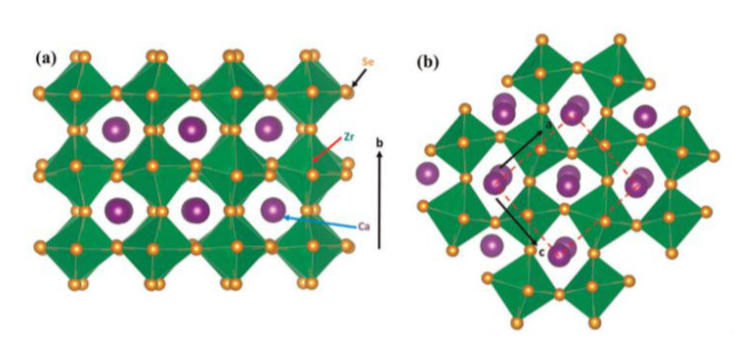For solar cells to be widely used in the coming decades researchers must resolve two major challenges: increasing efficiency and lowering toxicity.
Solar energy works through a process that converts light into energy called the photovoltaic effect. Certain light sensitive materials when packaged together in a “cell” have the ability to convert energy from light into electricity.
Most of today’s solar cells require a highly processed form of Silicon. The processing results in toxic effects on humans and the environment. According to an article published in AZO Materials in 2015, many strides have been made since the first solar cell was developed, but average efficiency rates are still well below 30 percent, with many cells barely reaching 10 percent efficiency.
Researchers have recently been working with a material―an emerging chalcogenide perovskite CaZrSe3―that has shown great potential for energy conversion applications because of its notable optical and electrical properties.
“These materials hold extreme promise for solar energy conversion applications,” says Ganesh Balasubramanian, an assistant professor of mechanical engineering. “One can potentially design them as solar thermoelectric materials that convert thermal energy from the sun to usable electric power.”
Balasubramanian, working with postdoctoral student Eric Osei-Agyemang and undergraduate Challen Enninful Adu, have for the first time, revealed first-hand knowledge about the fundamental energy carrier properties of chalcogenide perovskite CaZrSe3. They have published their findings in NPJ Computational Materials. This work compliments a recent article by the same team published in Advanced Theory and Simulations.


